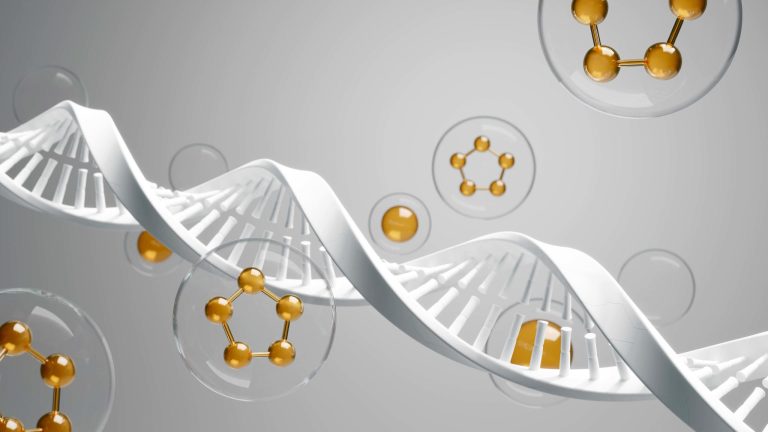The Future of Healing: A Deep Dive Into Regenerative Medicine
Our bodies possess a remarkable, innate ability to heal. A scraped knee forms a scab and new skin, a broken bone knits itself back together. For centuries, medicine has focused on supporting these processes or managing symptoms when the body’s repair mechanisms fall short. But what if we could go beyond management and actively direct the body to regenerate damaged tissues and organs? This is the revolutionary promise of a field that is reshaping the landscape of healthcare.
This new frontier is known as regenerative medicine. It represents a fundamental shift in medical thinking, moving away from simply treating the symptoms of disease and injury towards repairing, replacing, or regenerating damaged human cells, tissues, and organs to restore normal function. Instead of a lifetime of medication to manage a chronic condition, this approach seeks to address the root cause of the damage itself, offering the potential for a true cure.
The core idea is to harness and amplify the body’s own powerful healing capabilities. The field of regenerative medicine is not a single treatment but a broad collection of cutting-edge technologies and therapeutic approaches. It is a discipline built on decades of research in cell biology, immunology, and materials science, all converging to unlock the body’s ultimate potential for self-repair.
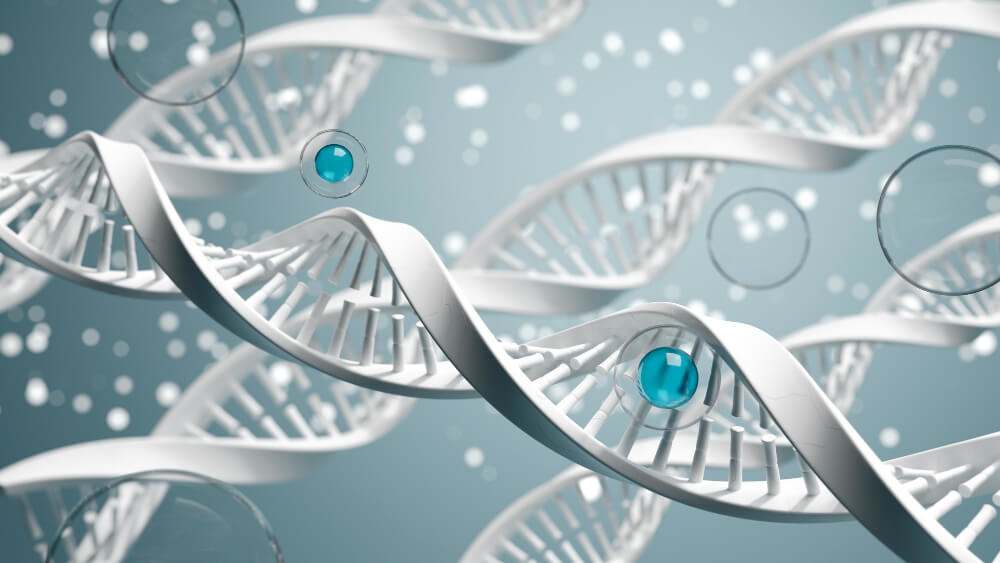
What Is the Core Principle Behind Regenerative Medicine?
The central principle of regenerative medicine is bio-restoration. It operates on the understanding that our bodies are in a constant state of turnover and repair, a process driven by complex cellular communication and biological signals. When an injury or disease occurs, this process can become overwhelmed or dysfunctional, leading to chronic pain, loss of function, and progressive decline.
Regenerative therapies are designed to intervene in this process. They aim to provide the specific biological tools the body needs to get its repair work back on track. Think of it like a stalled construction project. The original blueprints for the building are there, but the workers may be missing, the materials might be in short supply, or the communication lines could be down. Regenerative medicine acts as a new project manager, bringing in a skilled crew, delivering fresh materials, and re-establishing clear communication to get the job done right.
This intervention is accomplished through a few key components. The first is cells, particularly stem cells, which can act as the ‘workers’ and signaling directors. The second is growth factors, which are the ‘instructions’ or ‘signals’ that tell cells what to do. The third is biomaterials, which can act as ‘scaffolds’ or structures for new tissue to grow upon. By combining these elements in strategic ways, clinicians can create a highly supportive environment that encourages the body to heal itself in ways it couldn’t before.

What Are the Main Types of Regenerative Therapies?
Regenerative medicine is not a one-size-fits-all solution. It encompasses several distinct but often interconnected approaches, each tailored to address different types of cellular and tissue damage. Understanding these pillars is key to appreciating the breadth and potential of the field.
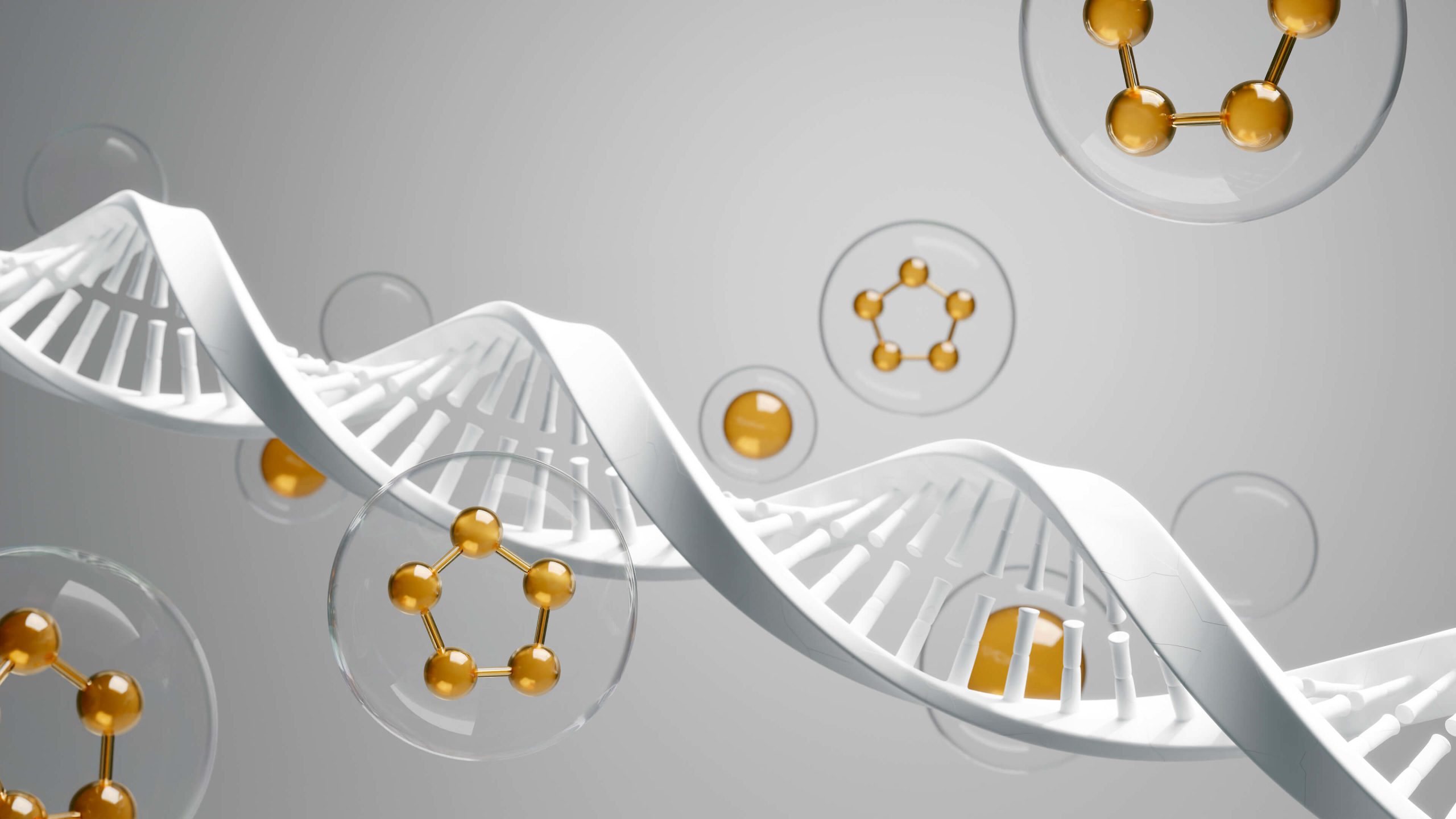
How does cell therapy work?
Cell therapy is perhaps the most well-known branch of regenerative medicine, largely due to the attention given to stem cells. Stem cells are unique because they are ‘undifferentiated’, meaning they have not yet become a specific type of cell like a skin cell, muscle cell, or nerve cell. This gives them the remarkable ability to develop into many different cell types, and more importantly, to orchestrate complex healing processes.
While embryonic stem cells are a subject of research, most clinical applications today use adult stem cells. These are found in various tissues throughout our bodies, such as bone marrow, fat tissue, and umbilical cord blood. Mesenchymal stem cells, or MSCs, are a common type used in therapies. When introduced to a site of injury, these cells do more than just become new tissue. They act as powerful signaling hubs.
MSCs release a host of anti-inflammatory agents, growth factors, and other signaling molecules called cytokines. These molecules can reduce harmful inflammation, protect existing cells from further damage, recruit the body’s own local repair cells to the area, and stimulate the formation of new blood vessels to improve circulation. In this sense, they are like conductors of a healing orchestra, directing a symphony of biological responses to promote repair.
A related and widely used treatment is Platelet-Rich Plasma, or PRP. This therapy involves concentrating platelets from a patient’s own blood and injecting them into an injured area. Platelets are packed with growth factors that are released upon injury to kickstart the healing cascade, making PRP a simple yet effective way to concentrate the body’s natural healing signals at a specific site.

What is tissue engineering?
Tissue engineering takes a more ‘hands-on’ approach. It combines cells, biomaterials, and growth factors in a laboratory setting to grow new tissues and even simple organs that can then be implanted into the body. The goal is to create living, functional replacements for tissues that are damaged beyond self-repair.
The foundational concept in tissue engineering is the scaffold. A scaffold is a three-dimensional structure, often made from a biodegradable material, that mimics the body’s own extracellular matrix. This structure provides the physical support and architecture for cells to attach to, grow on, and organize into a functional tissue.
For example, to repair a damaged piece of cartilage in a knee, scientists might seed a cartilage-shaped scaffold with a patient’s own cartilage cells. In a bioreactor that simulates the conditions inside the body, these cells multiply and produce their own matrix, gradually forming a new piece of cartilage. As the new tissue matures, the scaffold slowly and safely dissolves, leaving only the patient’s own newly grown tissue behind. This technique has been used to create skin for burn victims, cartilage for joints, and even bladders and small blood vessels.

How are biomaterials used?
Biomaterials are the unsung heroes of regenerative medicine. These are any substances that have been engineered to interact with biological systems for a medical purpose. They can be derived from natural sources, like collagen or hyaluronic acid, or they can be synthetic polymers designed in a lab for specific properties.
Their roles are incredibly diverse. As mentioned, they are crucial for creating scaffolds in tissue engineering, providing the framework for new life. But they can also be used as delivery systems. Imagine a hydrogel loaded with growth factors that can be injected into a damaged heart. This gel can create a supportive environment for existing cells and release the growth factors slowly over time, providing sustained healing signals exactly where they are needed.
Biomaterials can also act as barriers. After surgery, for instance, a biodegradable film can be placed between tissues to prevent them from growing together and forming adhesions or scar tissue. In every application, the goal is to use a material that assists the healing process and is then safely absorbed or integrated by the body without causing a harmful reaction.

What about gene therapy?
Gene therapy is another powerful tool within the regenerative medicine arsenal. It aims to treat diseases by addressing their genetic roots. Many conditions, from inherited disorders to certain types of cancer and even some aspects of aging, are caused or influenced by faulty or missing genes.
In its simplest form, gene therapy involves introducing a correct copy of a gene into a patient’s cells to compensate for a non-functional one. This is often done using a modified, harmless virus as a delivery vehicle, or vector, to carry the genetic material into the target cells. Once inside, the new gene can produce the protein that was missing, restoring normal cellular function.
In the context of regeneration, gene therapy can be used to direct cell behavior. For example, scientists could modify stem cells with genes that enhance their survival or boost their production of specific growth factors before they are administered to a patient. This could make the cell therapy more potent and effective. It represents a sophisticated way to program cells to perform specific regenerative tasks, adding another layer of precision to the treatment.
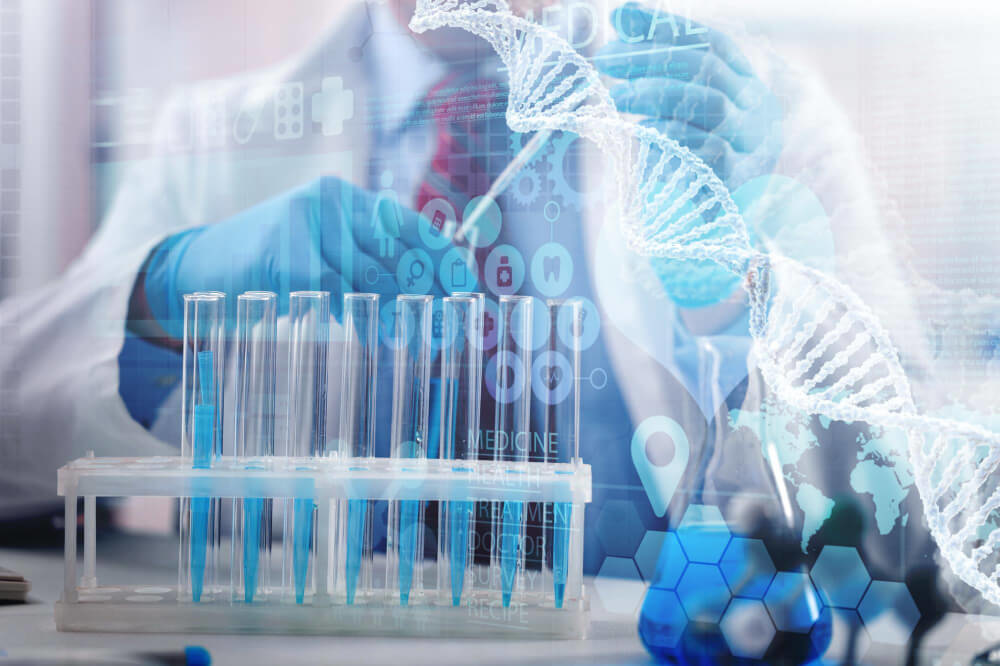
What Conditions Can Regenerative Medicine Potentially Address?
The applications for regenerative medicine are vast and continue to expand as research progresses. While many therapies are still considered investigational, some are already becoming standard practice in certain areas of medicine, offering hope where there was once only symptom management.
One of the most established areas is orthopedics. For conditions like osteoarthritis, tendonitis, and ligament sprains, therapies like PRP and stem cell injections are used to reduce inflammation, alleviate pain, and potentially stimulate tissue repair in joints like the knee, shoulder, and hip. Patients suffering from chronic back pain due to degenerative disc disease are also finding new options in regenerative treatments that aim to restore disc health.
In cardiology, researchers are exploring the use of stem cells to repair heart muscle damaged by a heart attack. The goal is to regenerate healthy cardiac tissue and improve heart function, potentially preventing or reversing heart failure. Similarly, therapies are being developed to grow new blood vessels to treat peripheral artery disease, a condition of poor circulation in the limbs.
Neurology is another exciting frontier. While challenging, research is underway to use cell therapies to treat neurodegenerative diseases like Parkinson’s and Multiple Sclerosis. The aim is often to protect existing neurons from further damage, reduce neuroinflammation, and potentially replace lost cells. Spinal cord injury is also a major focus, with therapies designed to bridge the damaged area and encourage nerve regeneration.
The field’s potential also extends to autoimmune diseases, wound care for chronic diabetic ulcers, and even aesthetic and anti-aging medicine. As with any pioneering medical field, it is crucial to align treatment possibilities with realistic results. A key part of a successful treatment journey involves learning how to manage patient expectations in regenerative medicine to ensure a clear understanding of the goals and potential outcomes.

How Does This Connect to a Broader View of Health?
Regenerative medicine does not exist in a vacuum. Its principles are deeply intertwined with a more holistic and integrated understanding of human health. The most advanced approaches recognize that simply injecting cells into a damaged area is not enough if the underlying systemic environment is not conducive to healing. This is where a systems-based approach becomes critical.
Systems biology looks at the body not as a collection of independent parts, but as a complex, interconnected network. It acknowledges that our health is a dynamic interplay between our genetics, our environment, our lifestyle, and our cellular processes. A chronic inflammatory state caused by a poor diet, for example, can undermine the effectiveness of a regenerative therapy aimed at joint repair.
Therefore, a truly regenerative approach often involves more than just a procedure. It includes optimizing the patient’s overall health to create the best possible internal environment for the therapy to succeed. This might involve nutritional guidance, targeted supplementation, and lifestyle modifications to reduce systemic inflammation and support cellular function. The clinical application of systems biology provides a framework for practitioners to understand these complex interactions and create comprehensive treatment plans that address the whole person, not just the site of injury.

What Does the Future of Regenerative Medicine Look Like?
The future of regenerative medicine is incredibly bright, with innovation happening at a breathtaking pace. Scientists and clinicians are continually pushing the boundaries of what is possible, moving from repairing tissues to potentially creating whole organs from scratch. One of the most futuristic concepts being actively developed is 3D bioprinting. This technology uses ‘bio-ink’ made of living cells to print complex tissue structures, layer by layer, with the ultimate goal of printing fully functional organs like kidneys or livers for transplantation.
Personalization is another key trend. The future of treatment will involve therapies that are precisely tailored to an individual’s unique biology. This could mean using a patient’s own cells, genetically modified to be more effective, or selecting a therapy based on a person’s specific genetic markers and health status. This level of customization promises to dramatically improve safety and efficacy.
This rapid progress is fueled by global collaboration. Researchers, clinicians, patient advocates, and industry leaders are coming together to share knowledge and accelerate development. Major events like the World Stem Cell Summit bring together the brightest minds to discuss breakthroughs and chart the course for the future. Meanwhile, organizations like the Alliance for Regenerative Medicine work to advance the field and advocate for policies that support research and patient access to safe and effective therapies.

Who Are the Experts Leading This Field?
As regenerative medicine becomes more integrated into mainstream healthcare, the need for highly trained and knowledgeable practitioners is paramount. This is a complex and rapidly evolving field that requires a deep and specialized education. It is not a skill that can be learned in a weekend seminar. A qualified practitioner must have a profound understanding of cell biology, immunology, genetics, and clinical protocols.
This expertise is cultivated through rigorous training and continuous learning. For healthcare professionals looking to specialize, dedicated regenerative medicine fellowship and certification programs provide the structured, in-depth education necessary to practice safely and effectively. These programs ensure that clinicians are not only skilled in the procedural aspects but also well-versed in the underlying science, patient selection, and ethical considerations.
Reputable institutions are leading the way in establishing high standards for education. For instance, many universities offer continuing medical education in regenerative medicine to help current physicians stay abreast of the latest advancements. Furthermore, professional societies play a vital role in setting standards, promoting research, and fostering a community of experts. Organizations such as the American Society of Gene & Cell Therapy are essential for validating new science and ensuring that the field moves forward responsibly.
Regenerative medicine is more than just a new set of treatments; it is a paradigm shift. It is a move towards a future where we can not just manage disease, but truly heal the body from within. It offers a profound sense of hope and possibility, harnessing the very essence of life to restore health and vitality. As research continues and our understanding deepens, the regenerative revolution promises to change medicine forever.
Frequently Asked Questions
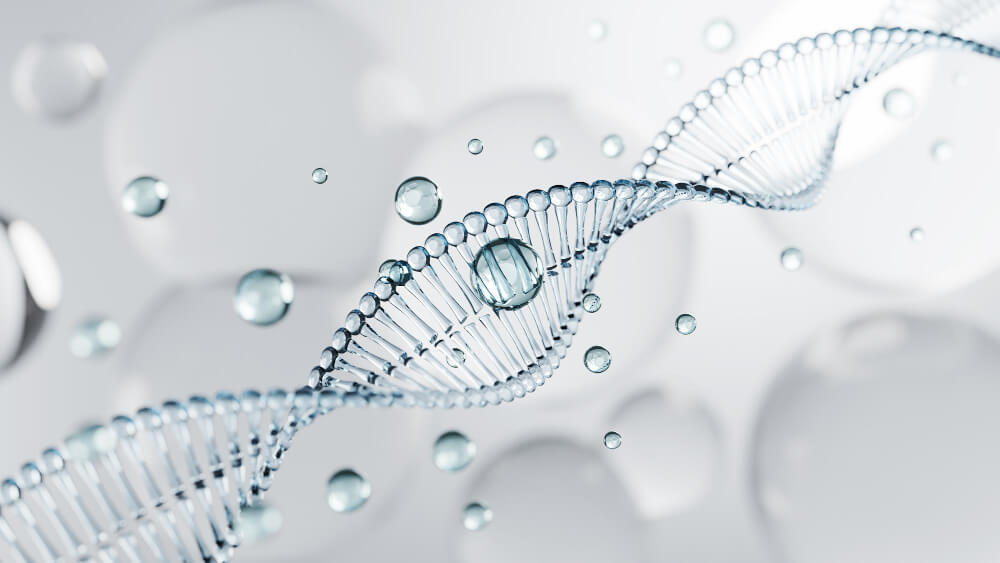
Are acellular biologics generally considered safer than cell-based therapies?
Acellular biologics offer a significant safety advantage primarily by reducing the risk of an immune response from the patient. Because these products have had all cellular material removed, the body is much less likely to identify the implant as foreign and reject it. This eliminates the need for immunosuppressant drugs and lowers the risk of complications associated with immune rejection.
Furthermore, the acellular nature simplifies manufacturing, sterilization, and storage, leading to a more consistent and reliable "off-the-shelf" product. Without living cells, the risks of transmitting diseases from a donor or uncontrolled cell growth are also negated. However, safety is still highly dependent on the quality of the source tissue and the thoroughness of the decellularization process to remove all cellular remnants.

What are the biggest challenges preventing acellular biologics from becoming mainstream treatments?
One of the primary hurdles is navigating the complex and costly regulatory approval process required for medical devices and biologics. Companies must provide extensive data to prove both safety and long-term effectiveness, which involves years of preclinical studies and expensive clinical trials. Scaling up manufacturing from a laboratory setting to commercial production while maintaining strict quality control and batch-to-batch consistency presents another major financial and logistical challenge.
Scientifically, while acellular scaffolds are excellent for guiding the repair of simpler tissues, recreating the intricate function of complex organs remains a significant obstacle. Researchers are still working to optimize how these scaffolds degrade over time and release bioactive molecules to perfectly orchestrate the body’s regenerative response. Achieving predictable, durable, and cost-effective outcomes across a wide patient population is the ultimate goal before these therapies can become a standard of care.

How is 3D printing being combined with acellular biologics to create custom implants?
3D printing is revolutionizing the field by allowing for the creation of highly precise, patient-specific scaffolds using acellular "bio-inks." These inks are often made from materials like decellularized extracellular matrix (dECM), which provides the essential biological cues for tissue regeneration. Using a patient’s medical imaging (like a CT or MRI scan), a perfectly-fitted implant can be designed and printed to match the exact geometry of their unique injury or defect.
This combination goes beyond just custom shapes; it enables the design of complex internal architectures within the scaffold itself. Engineers can create intricate pore networks that promote cell infiltration and the growth of new blood vessels, which is critical for the survival and integration of the new tissue. Future advancements may even involve printing different types of acellular materials or growth factors in specific zones of the scaffold to guide different stages of healing.
Discover the most comprehensive functional medicine training, longevity training, and biohacking certification programs designed specifically for healthcare professionals, medics, and clinic owners who want to master regenerative medicine protocols and anti-aging therapies.







